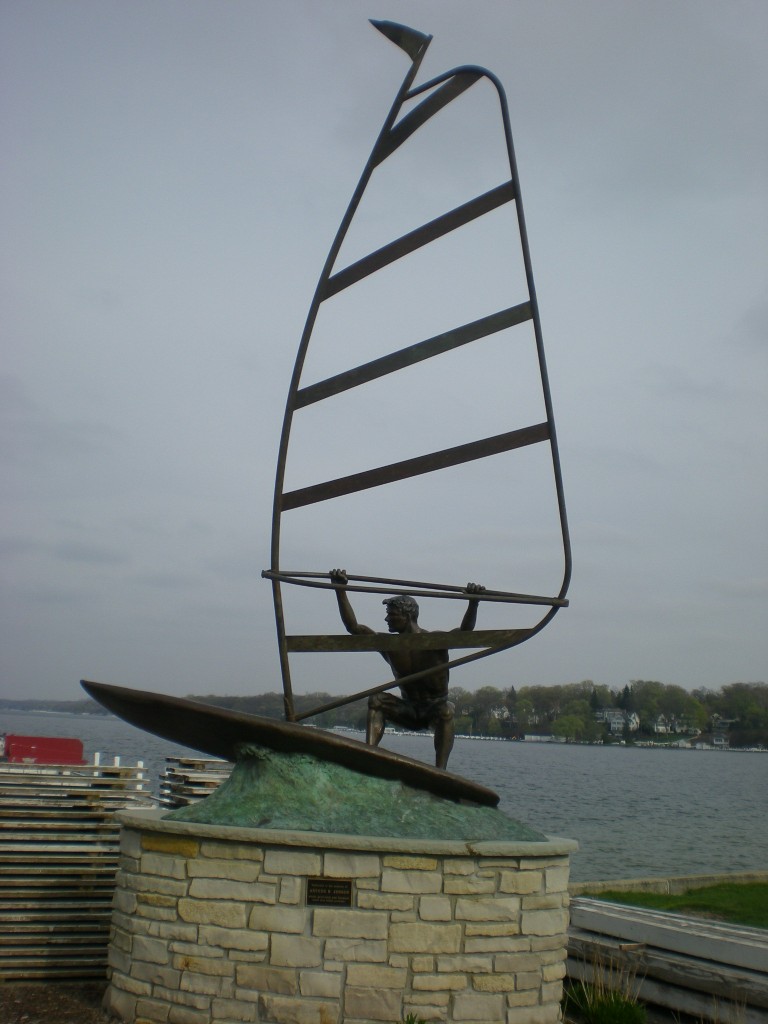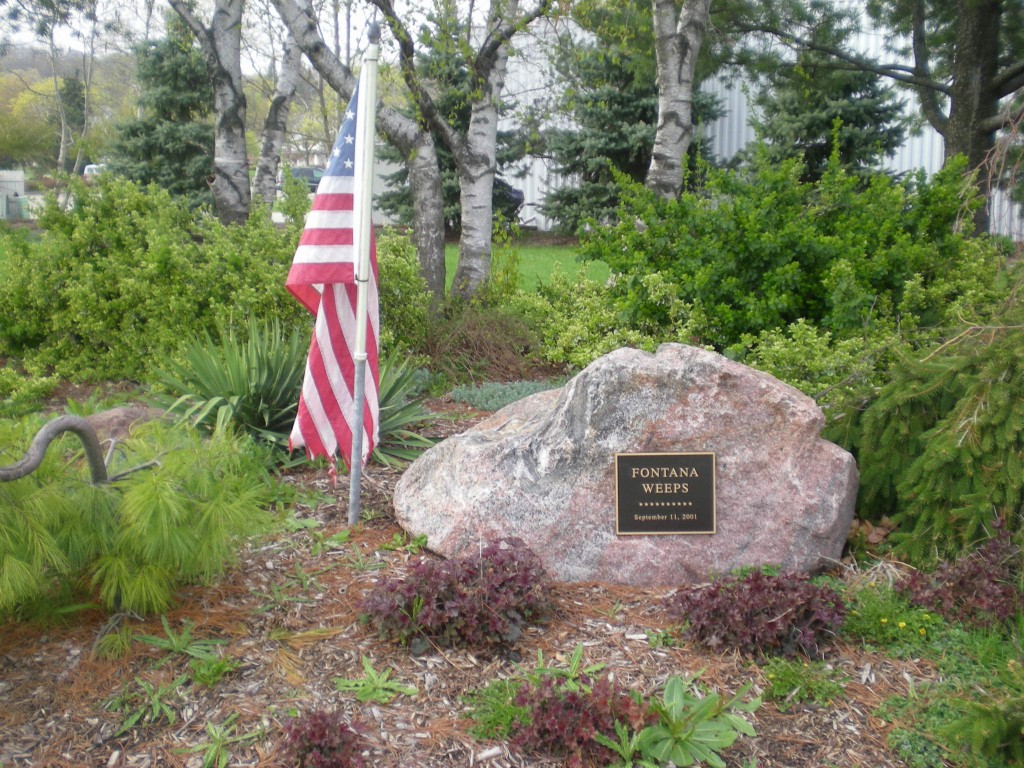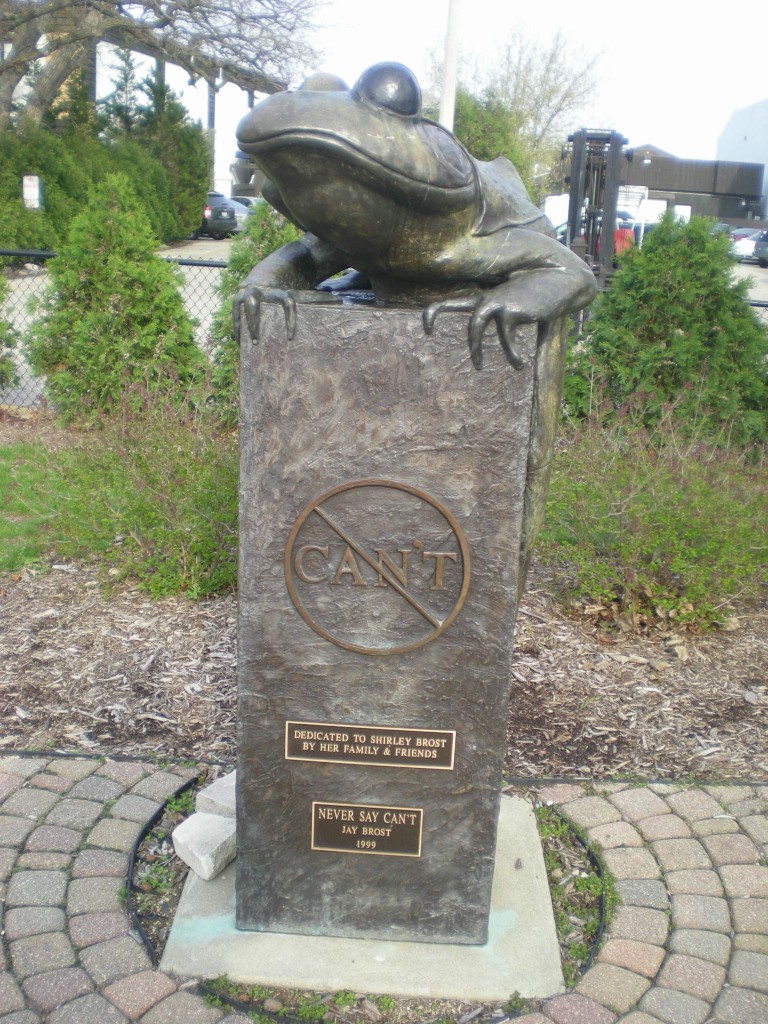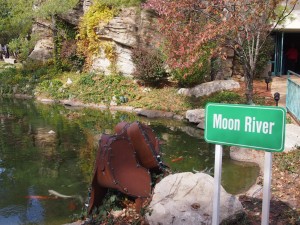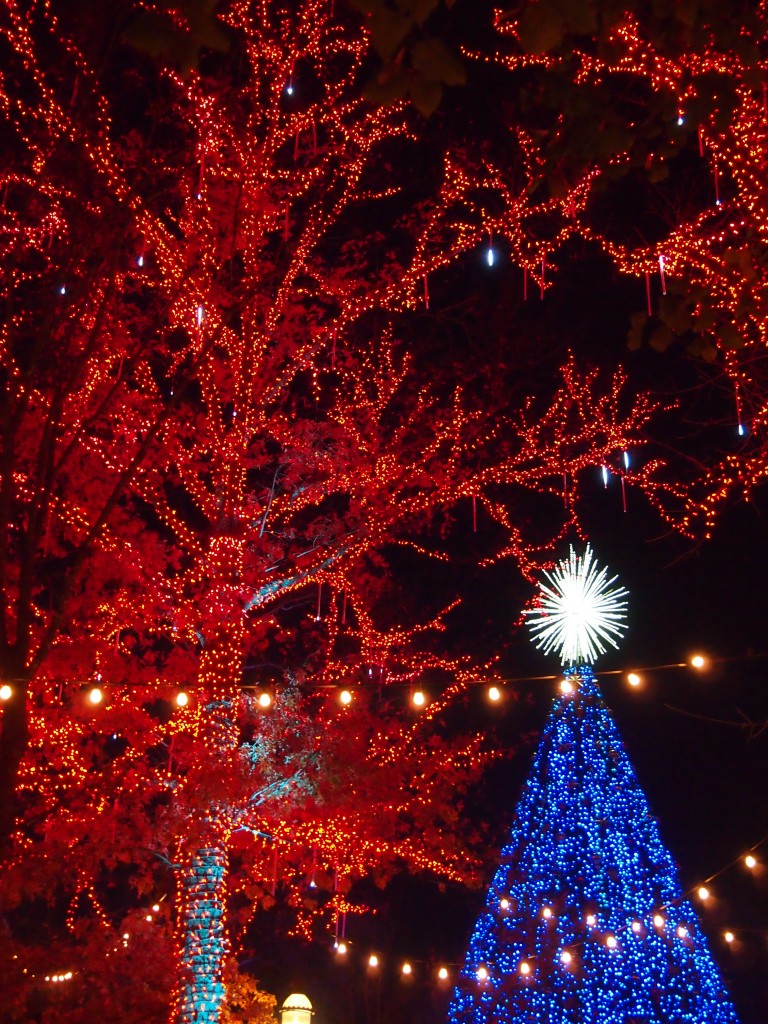Since I happened to be in Dallas during the State Fair of Texas this year — which is held in October, because August would be insane considering the high heat — the thing to do was attend the State Fair of Texas. Especially since I’d made it to the Wisconsin State Fair not too long ago. I took the No. 60 bus to Fair Park and spent the afternoon of October 16 at the fair.
 The event has it origins in the late 19th century as a moneymaking venture, but according to the Handbook of Texas online, “the Texas legislature banned gambling on horse races in 1903, thereby eliminating the fair’s main source of income, the association faced a financial crisis. To protect this valuable community asset, the Texas State Fair sold its property to the city of Dallas in 1904 under an agreement that set aside a period each fall to hold the annual exposition.”
The event has it origins in the late 19th century as a moneymaking venture, but according to the Handbook of Texas online, “the Texas legislature banned gambling on horse races in 1903, thereby eliminating the fair’s main source of income, the association faced a financial crisis. To protect this valuable community asset, the Texas State Fair sold its property to the city of Dallas in 1904 under an agreement that set aside a period each fall to hold the annual exposition.”
Sounds like one time to visit would have been not long after that: “President William Howard Taft visited the fair in 1909, and Woodrow Wilson delivered a speech in 1911. Automobile races and stunt flying exhibitions became the top attractions. Attendance passed the one million mark in 1916.”
More was to come. “In 1934, largely through the efforts of civic leader R. L. Thornton, Fair Park was selected as the central exposition site for the proposed Texas Centennial celebration. No state fair was scheduled in 1935, and construction began on a $25 million project that transformed the existing fairgrounds into a masterpiece of art and imagination. The 1936 Texas Centennial Exposition attracted more than six million people during its six-month run.”
My mother, who turned 11 that year, went to the Centennial Expo with her family, coming from South Texas. Separately, my father, who was 13, attended with members of his family (not sure which ones), coming from Mississippi. It was a big to-do.
Robert Lee Thornton (1880-1964), a banker who also did stints as the president of the State Fair and as mayor of Dallas, is now a bronze in Fair Park.
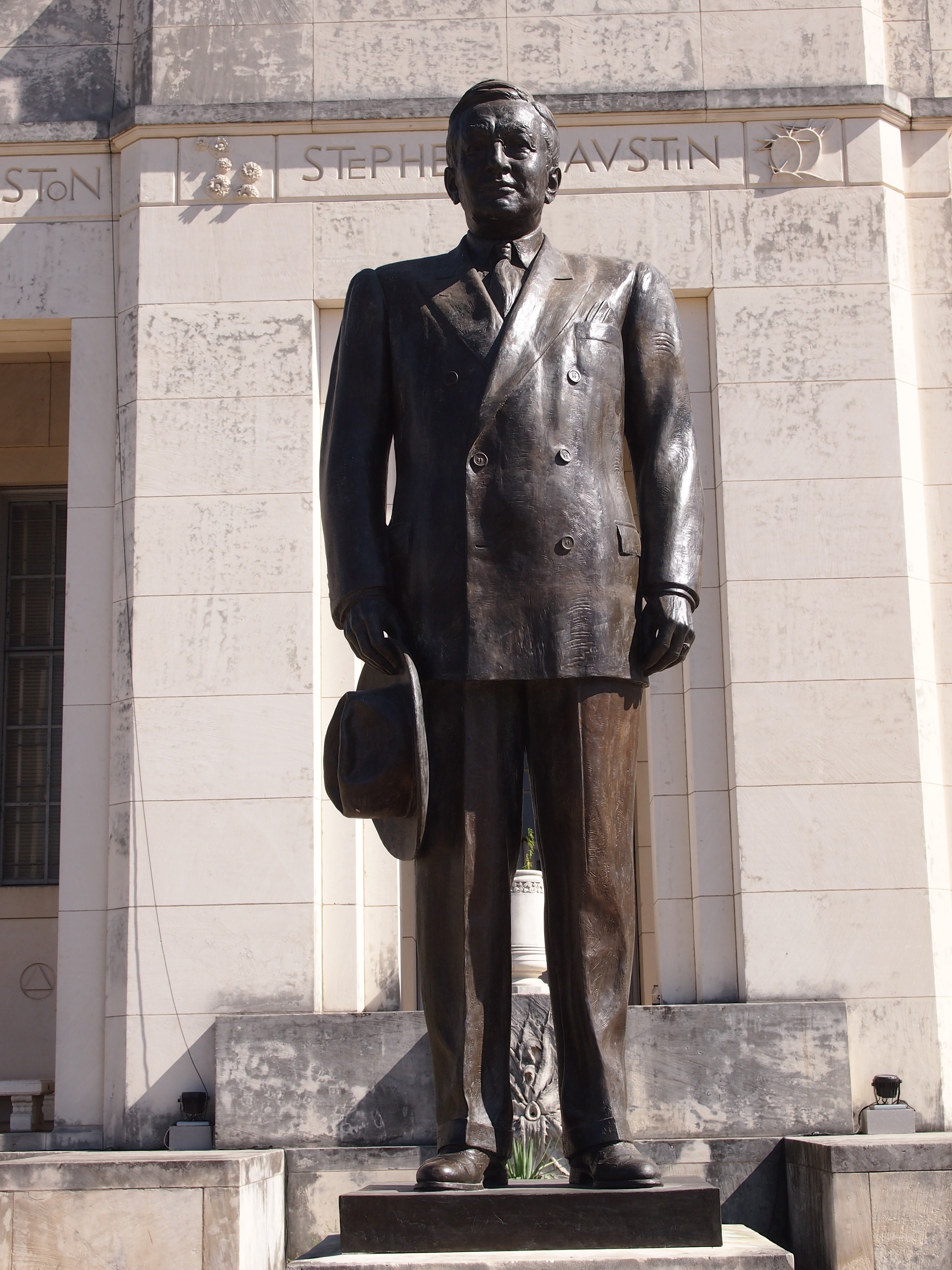 His plaque says: For more than forty years an inspired leader and a powerful force in the development of the city he loved from village to great metropolis.
His plaque says: For more than forty years an inspired leader and a powerful force in the development of the city he loved from village to great metropolis.
Mayor Thornton’s not the best known statue of the fair. That distinction belongs to Big Tex.
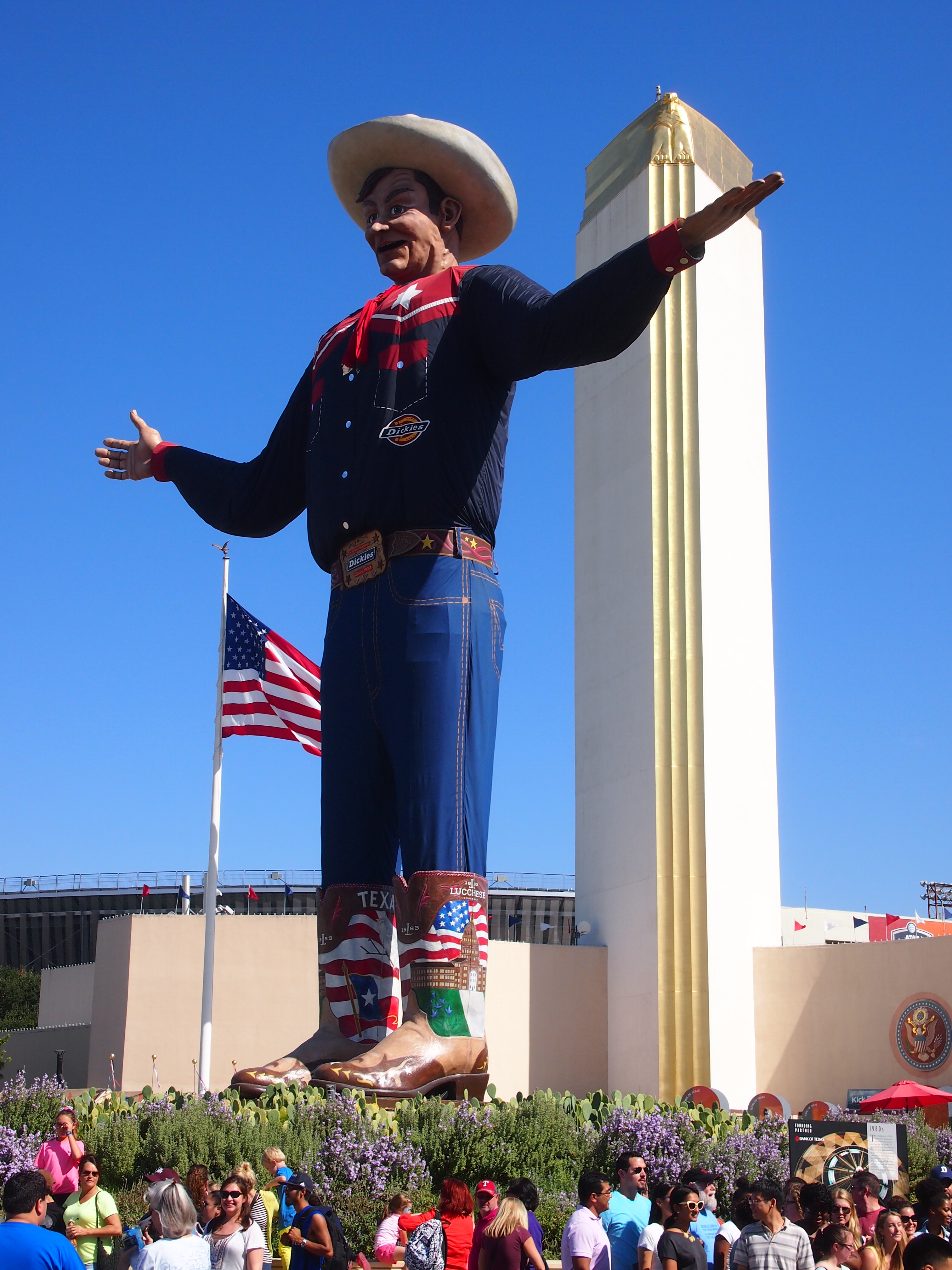 The figure’s been at the fair since 1952, standing at more than 50 feet and weighing three tons, held up by a cage-like skeleton of 4,200 steel rods. Originally a giant Santa Claus in the town of Kerens, Texas, he was remodeled for the fair to wear cowboy duds, including a “75 gallon” hat, though the details of his clothes have changed over the years. A voice appears to come from his mouth, extolling the amusements of the fair.
The figure’s been at the fair since 1952, standing at more than 50 feet and weighing three tons, held up by a cage-like skeleton of 4,200 steel rods. Originally a giant Santa Claus in the town of Kerens, Texas, he was remodeled for the fair to wear cowboy duds, including a “75 gallon” hat, though the details of his clothes have changed over the years. A voice appears to come from his mouth, extolling the amusements of the fair.
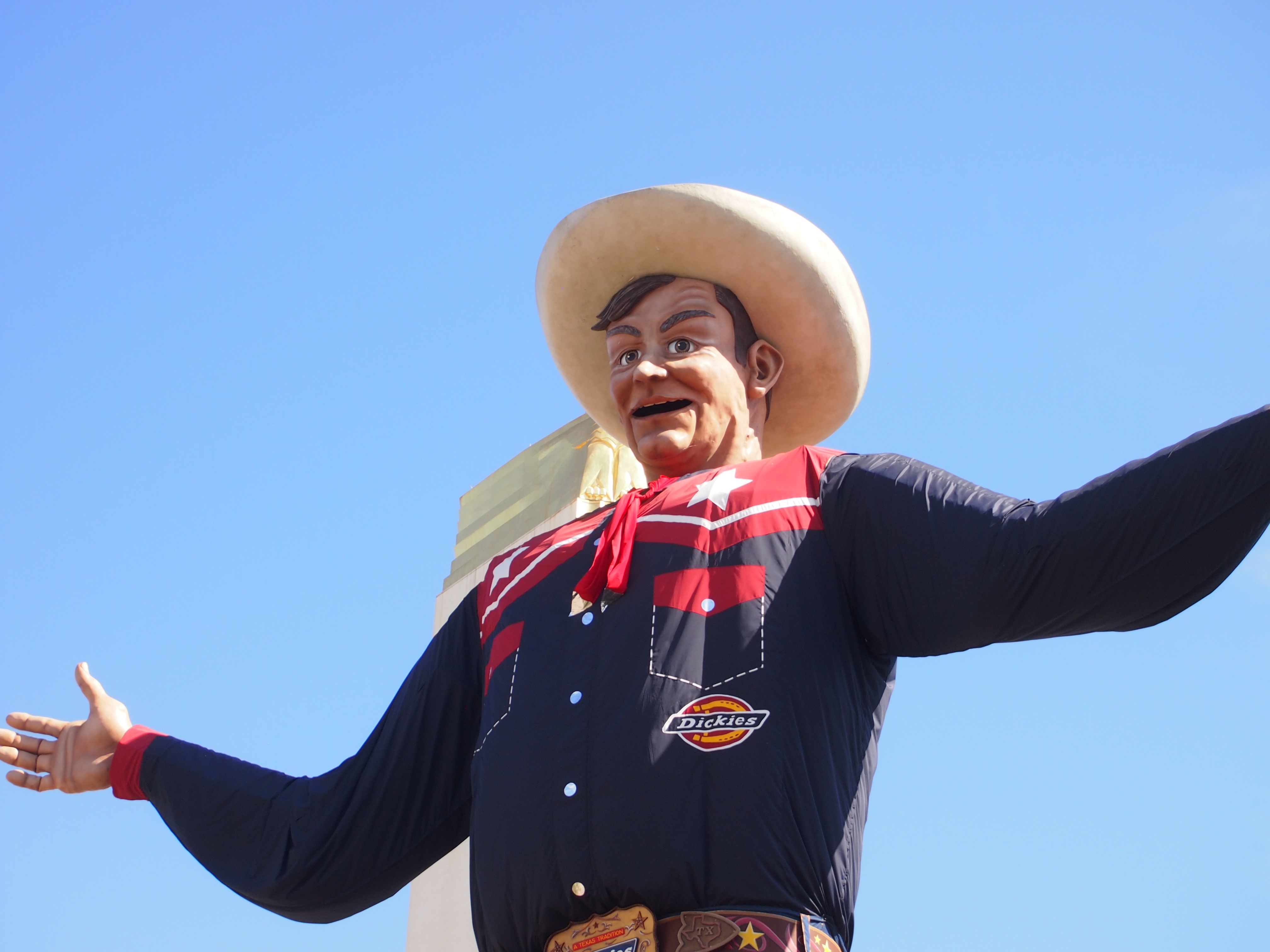 Big Tex is a popular fellow. A lot of people besides me were taking pictures of him.
Big Tex is a popular fellow. A lot of people besides me were taking pictures of him.
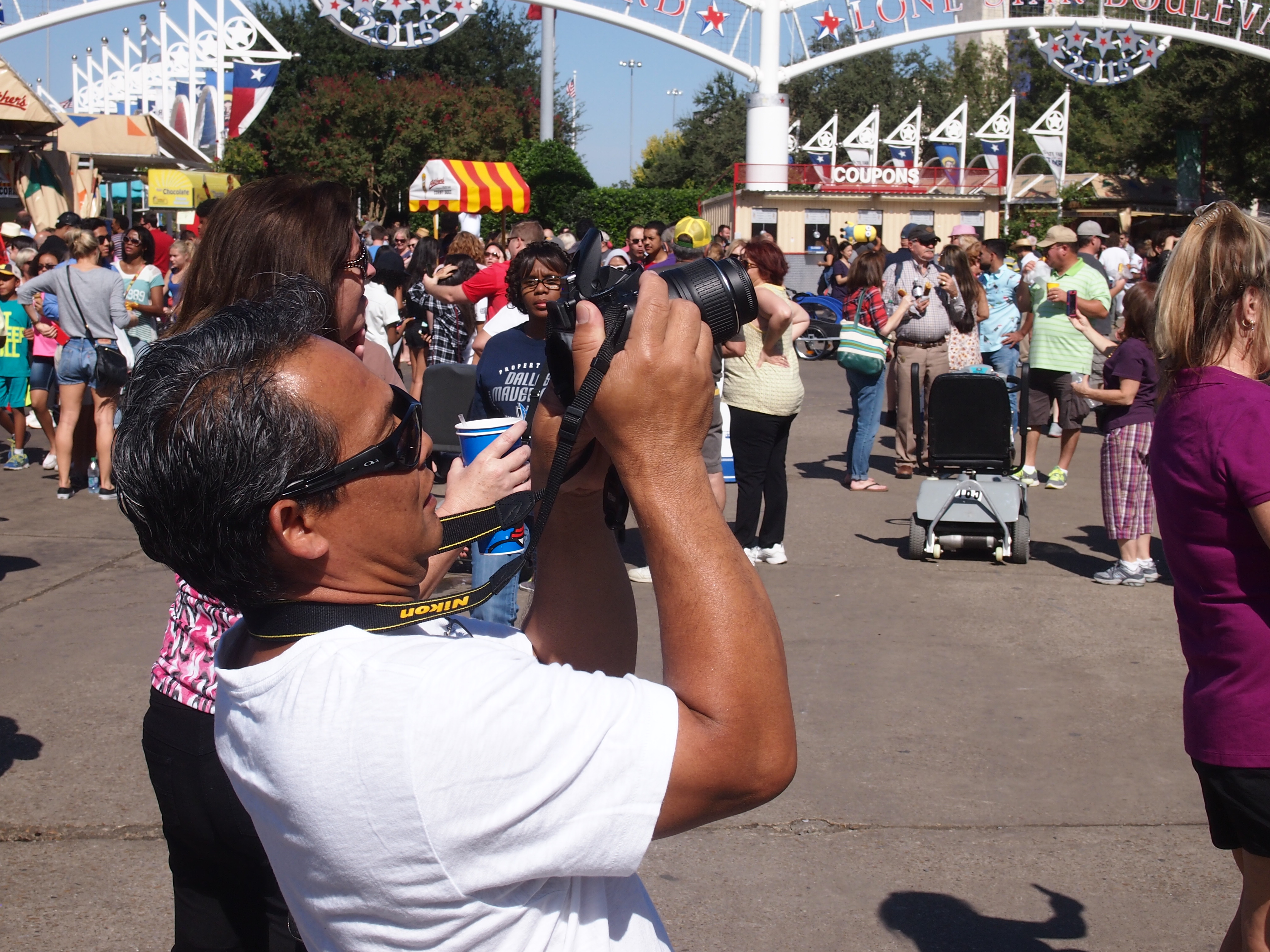 Along with selfies with Big Tex in the background.
Along with selfies with Big Tex in the background.
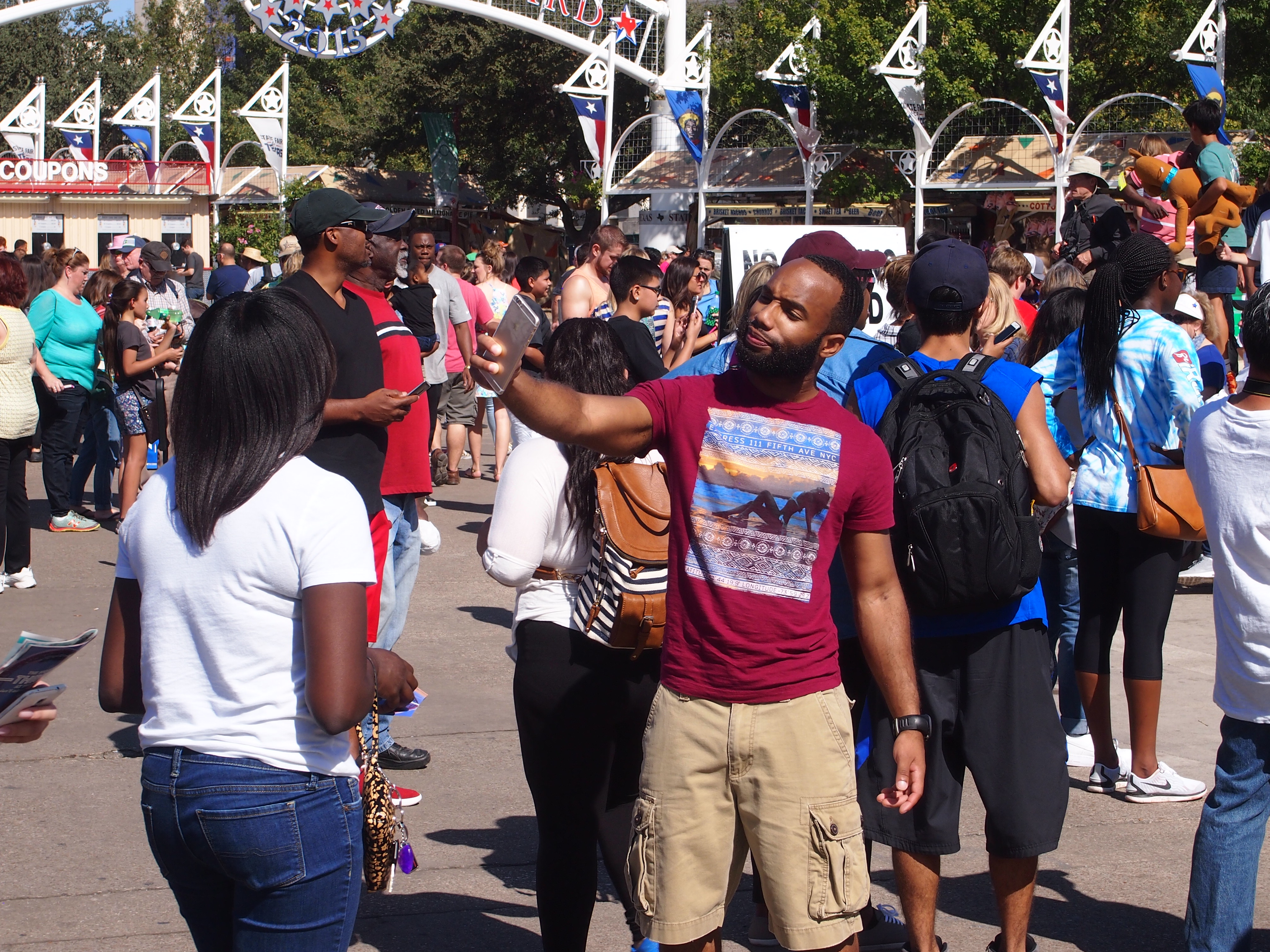 Two years ago, he caught fire and burned up while the fair was on.
Two years ago, he caught fire and burned up while the fair was on.
I’m a little sorry I missed that. The one I saw this month is, of course, a phoenix of a Big Tex, rebuilt because the show must go on.
